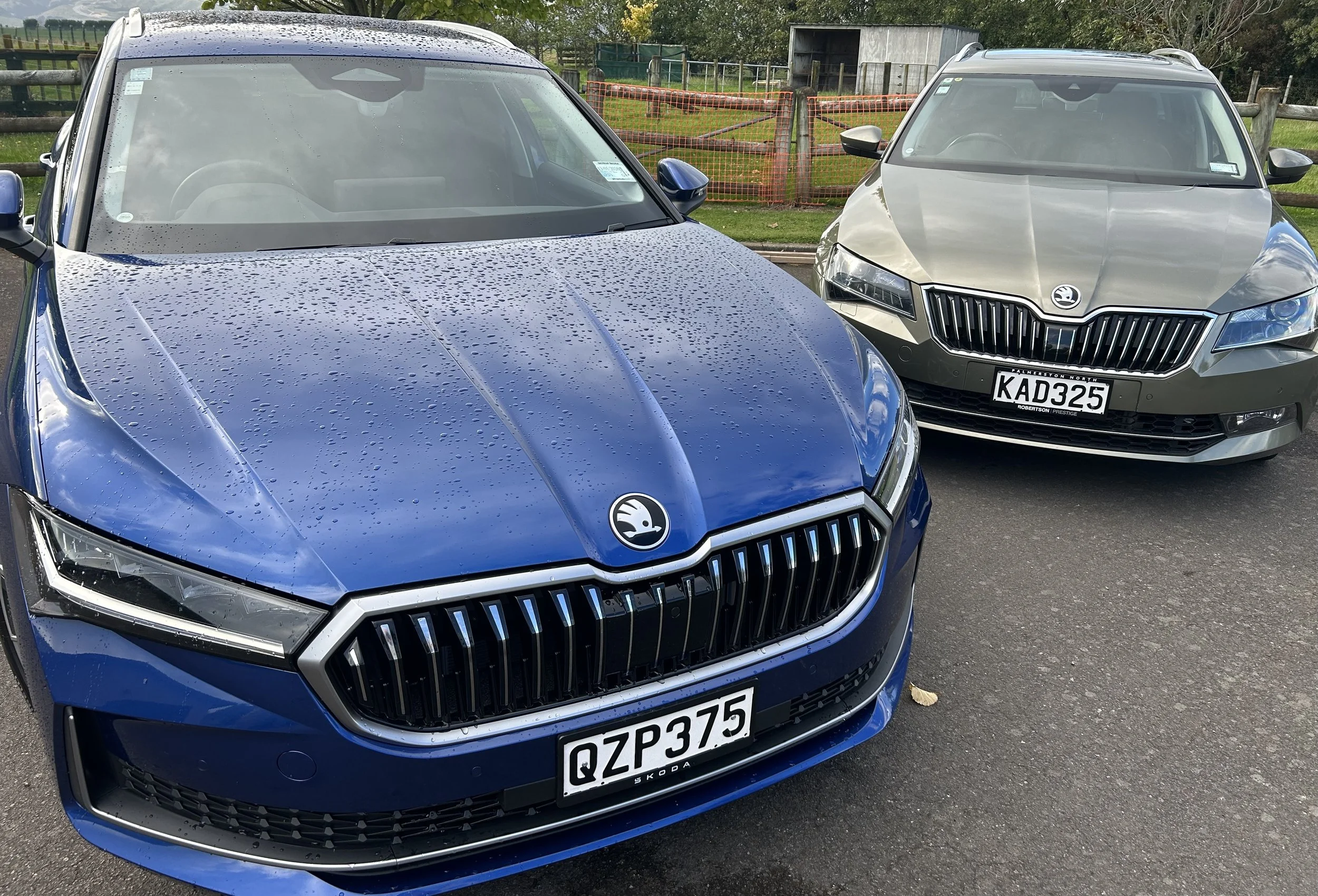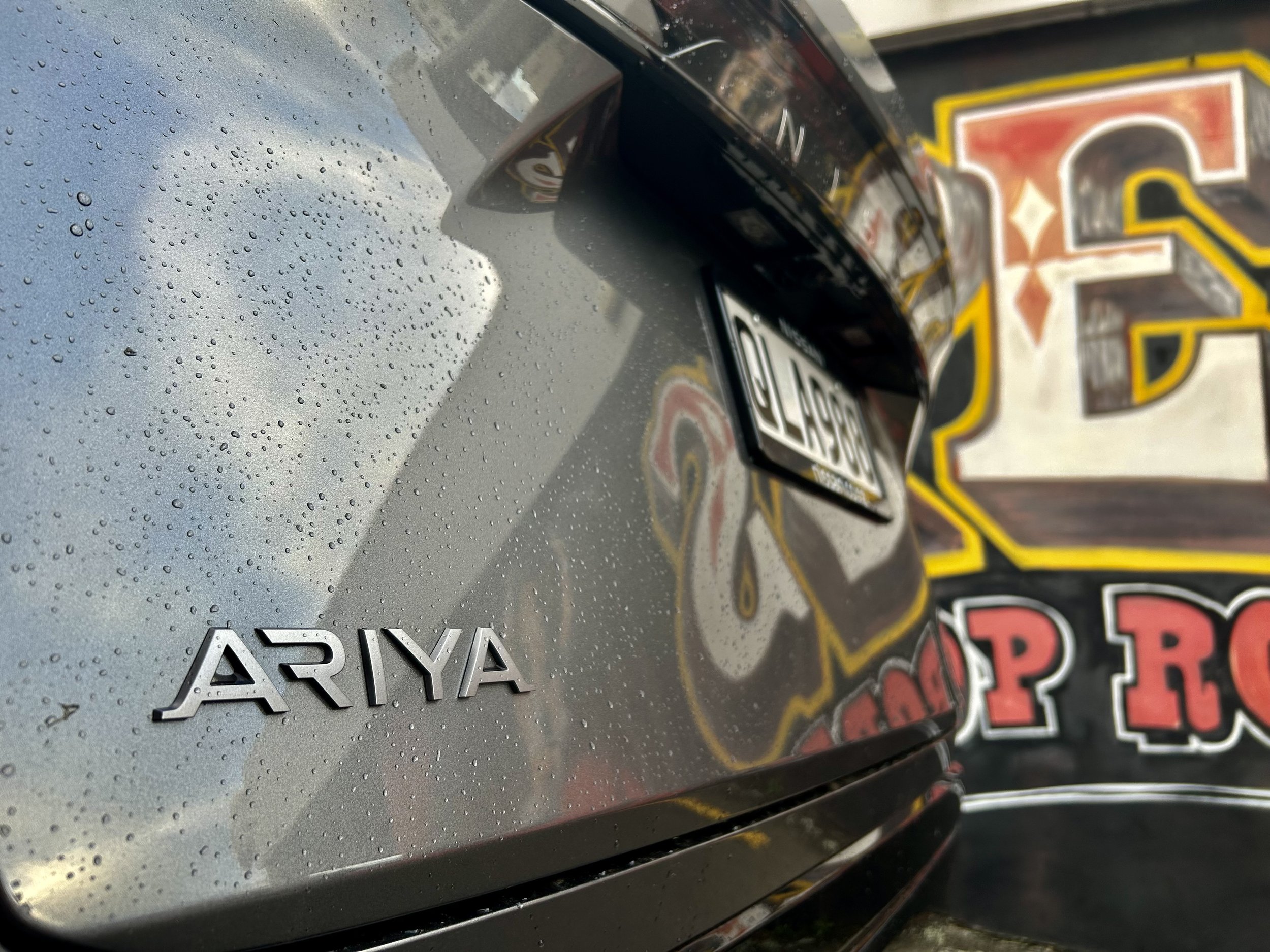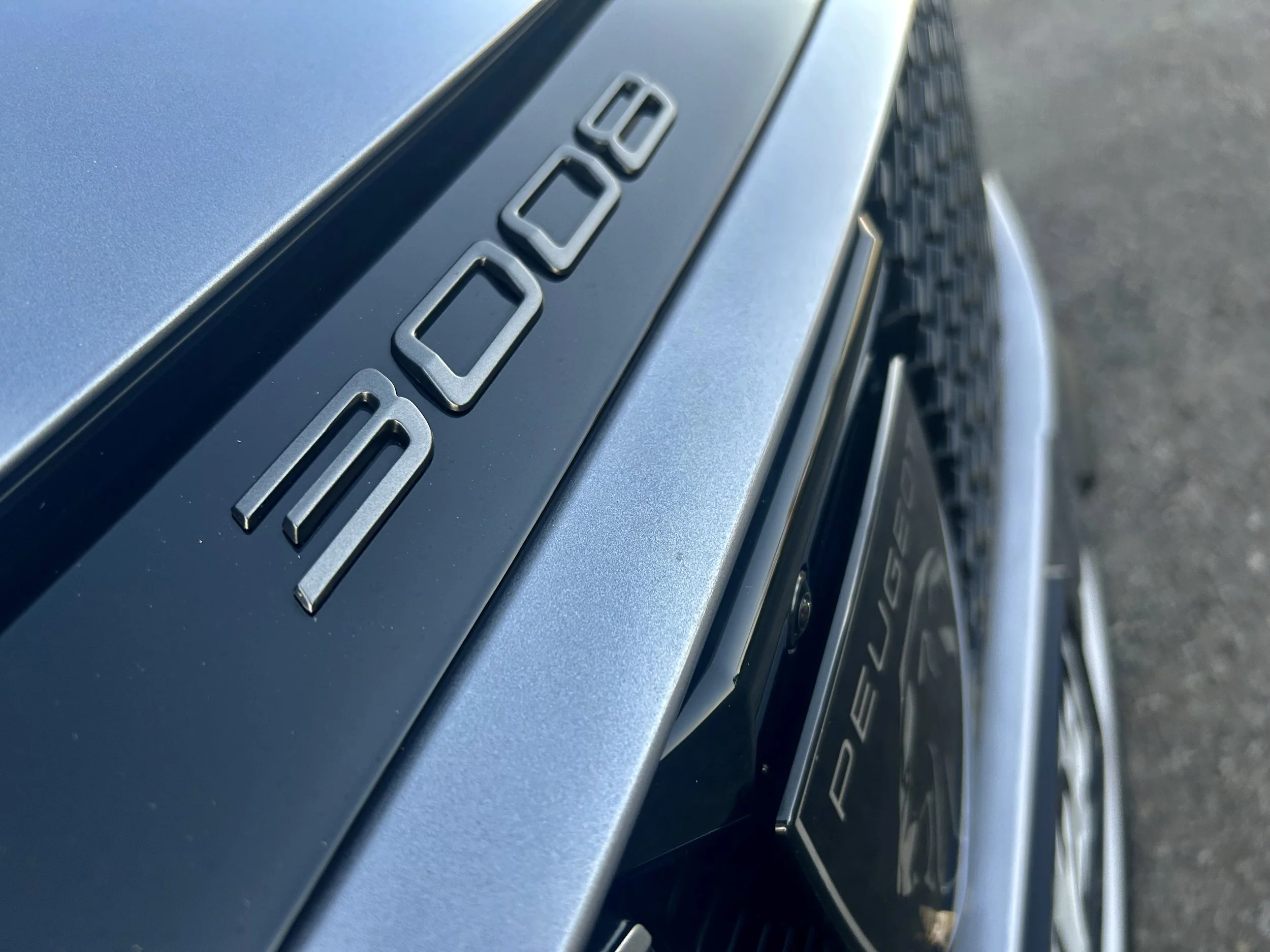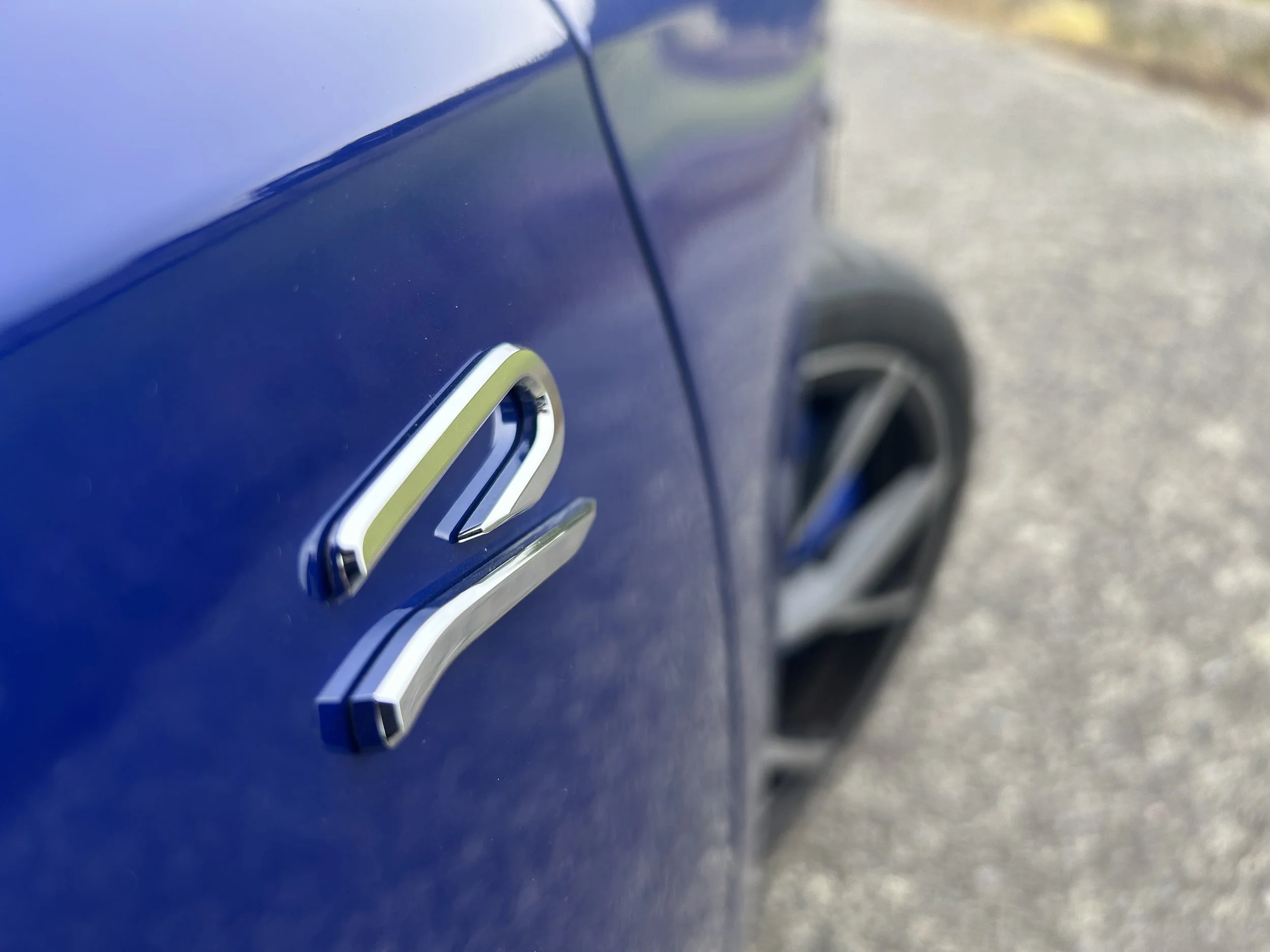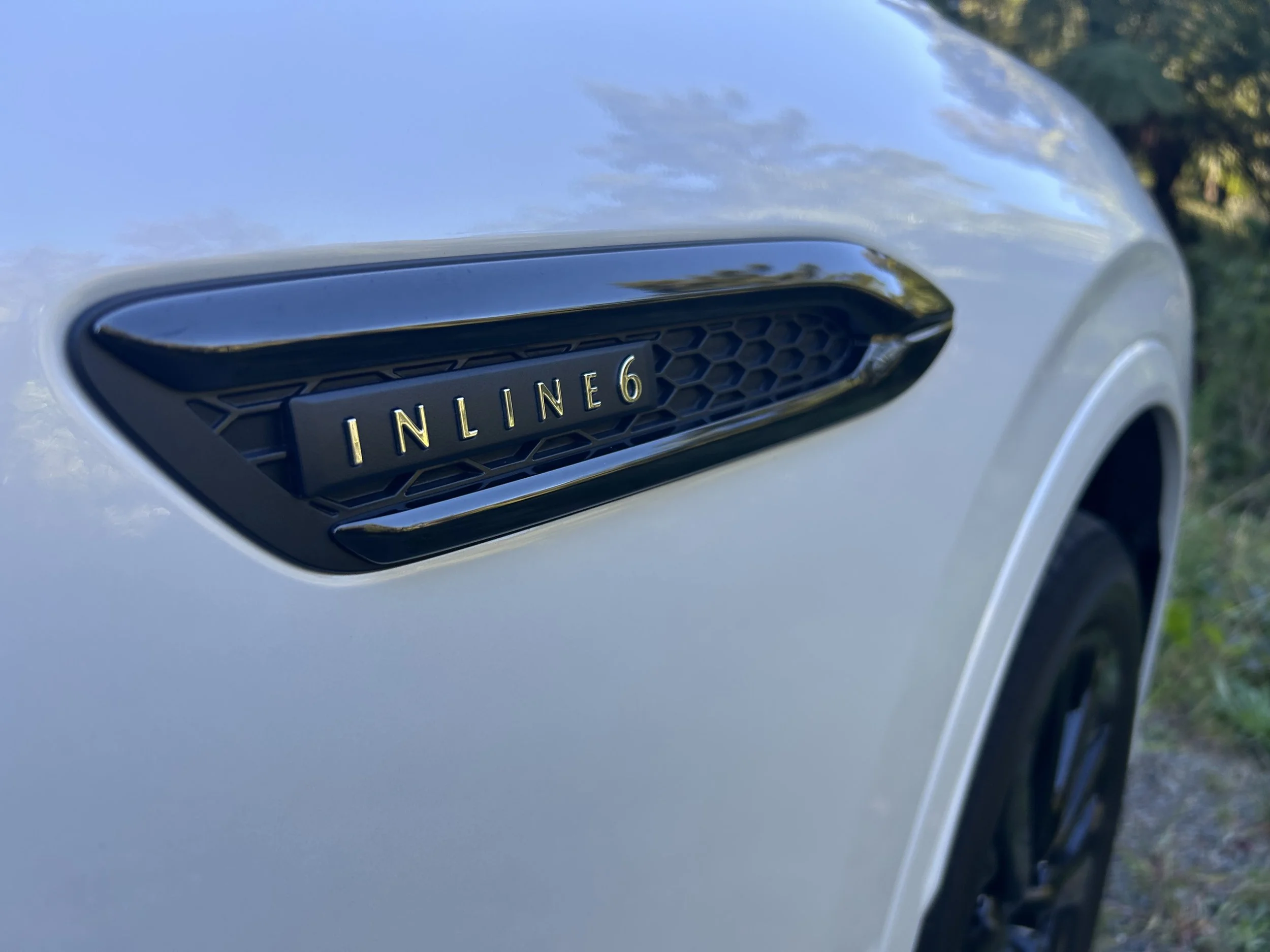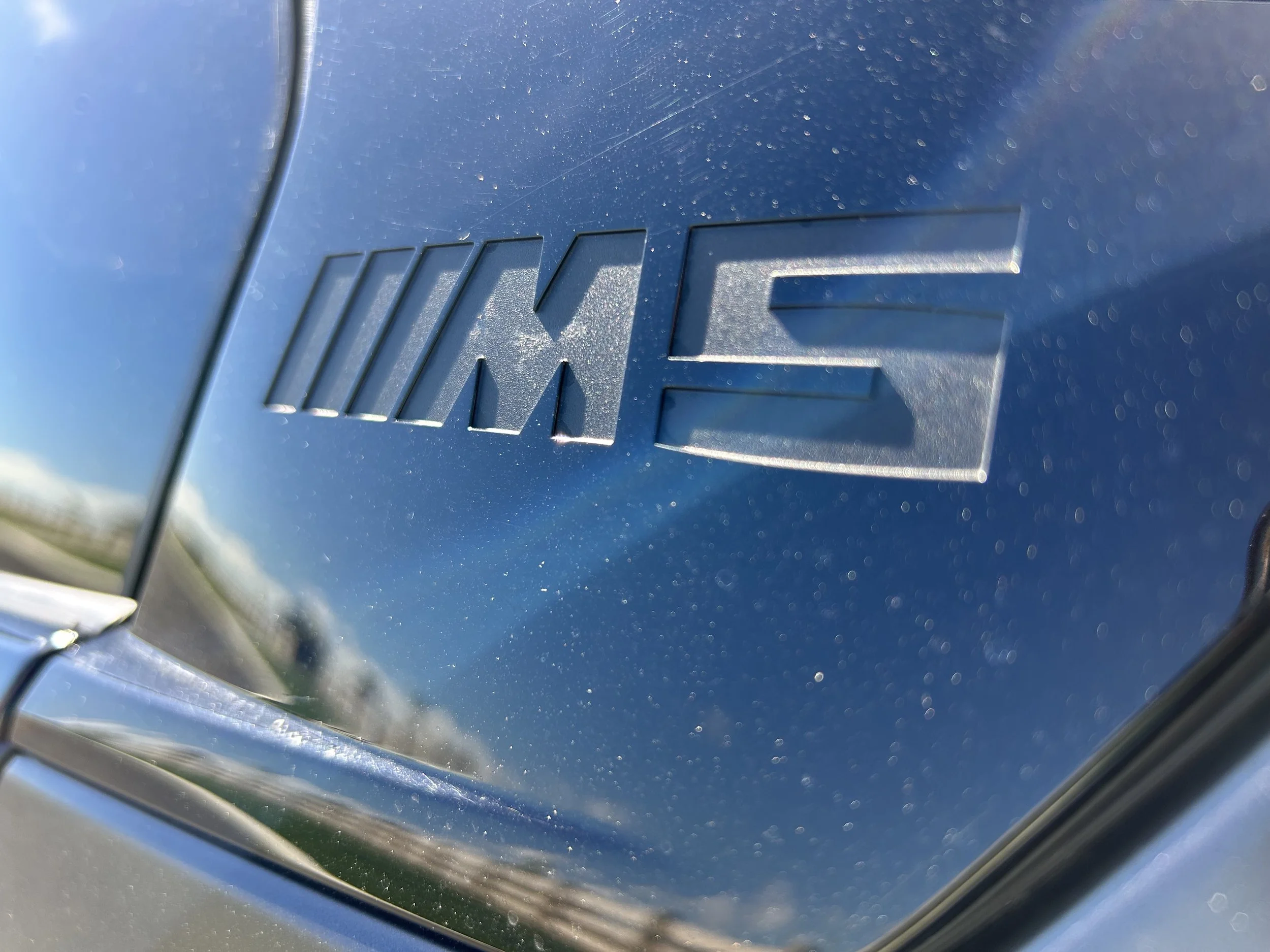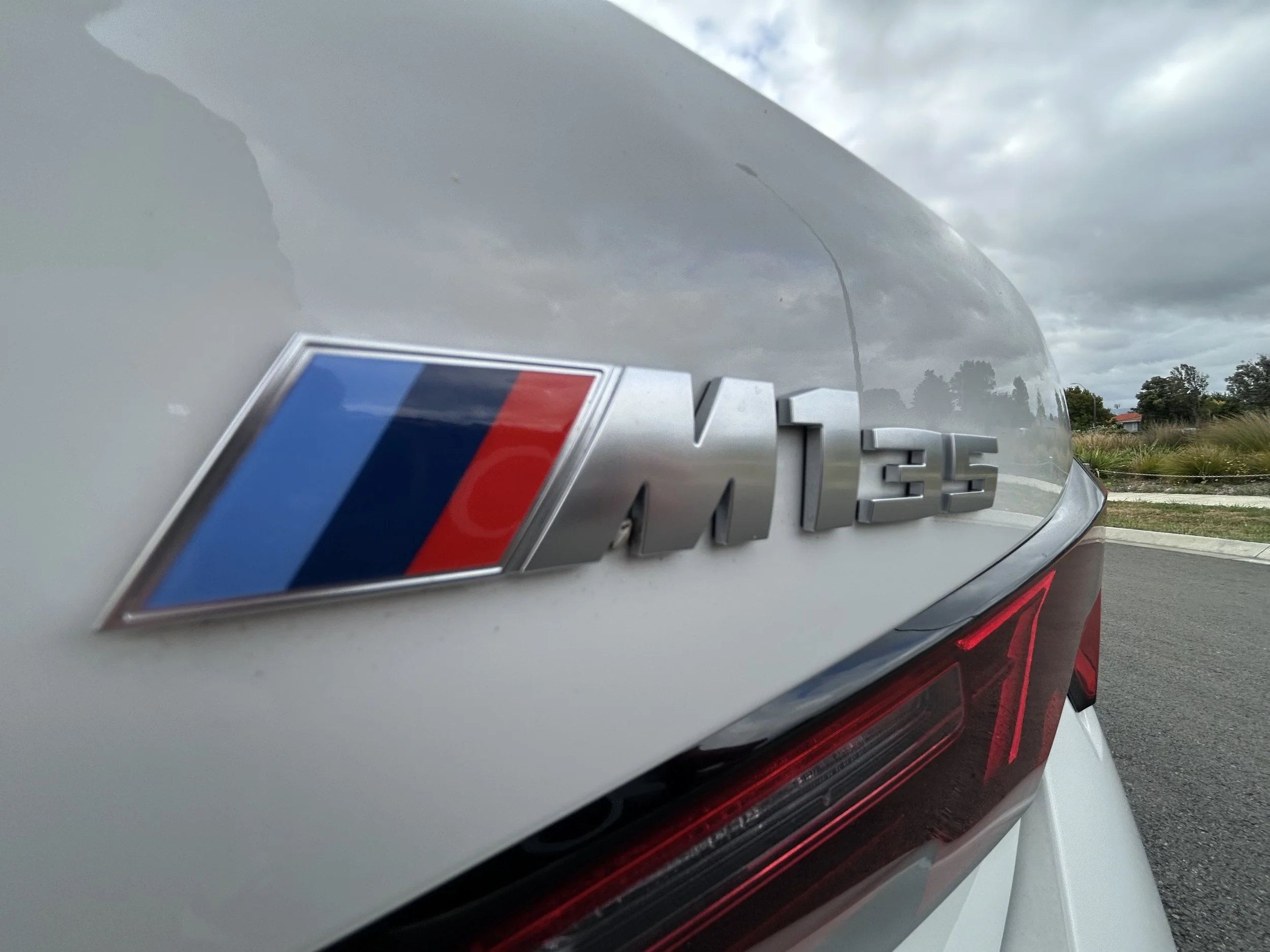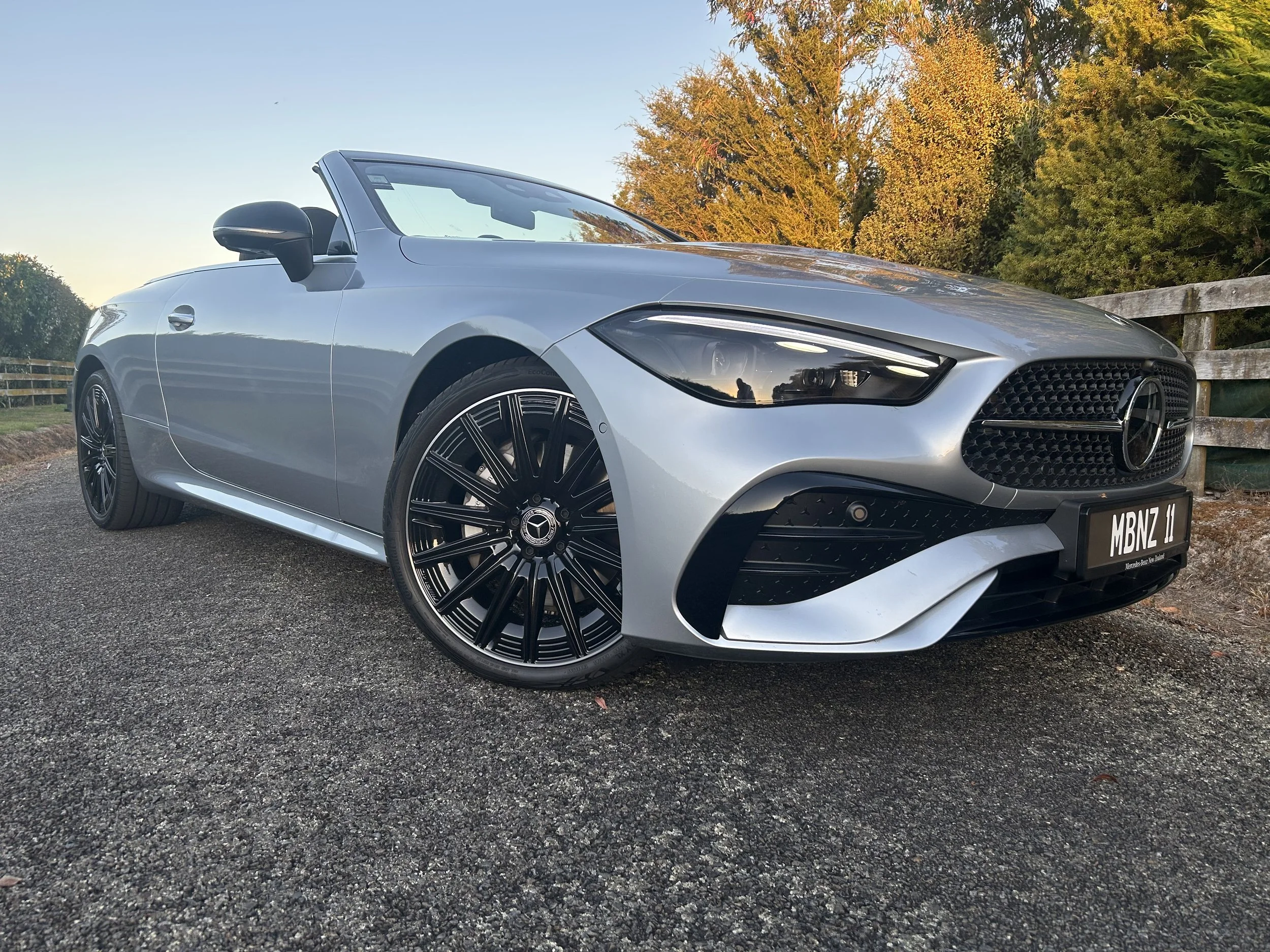Peugeot upscales hybrid push
/Just-landed 5008 lends seven seat opportunity to its sports utility presence.
EFFICIENCY ambition has upsized within Peugeot passenger car choice, with a seven-seat 5008 arriving with the same hybrid powertrain already serving in the smaller, platform-sharing 3008 five seater.
Common outputs of 101kW and 230Nm come from the French make’s concoct of a 1.2-litre, three-cylinder petrol engine and a six-speed automatic gearbox, into which the electric motor is integrated.
Though the 5008 is slightly larger and heavier than its sibling, the official fuel consumption figures suggest it will also be lineball, with about five-and-a-half to six litres of every 100km when measured to the WLTP scale, preferred in New Zealand.
Marketing material here cites the NEDC scale, which is more optimistic but has been found to be wildly inaccurate. On that the scale the car registers 5.1L/100km - a figure brand rights’ holder Auto Distributors New Zealand (Armstrongs) is calling best in class.
As with the 3008, ADNZ is keeping things simple, so again there’s a single GT model choice, this landing for $67,990.
That’s $5510 more than the 3008 hybrid asks, though in both leather is optional. Go for that Nappa hide pack and the stickers increase by $4500 and $5990 respectively. Add a sunroof to the 5008 as well and it’s a $76,990 car.
ADNZ has avoiding citing rivals for the new model, and with the electric motor producing an additional 15.6kW and 51Nm, and 0-100kmh taking 11.3 seconds, factory argument is understandably based less on the additional oomph that the electric motor lends to the driving feel than the pluses of environmental efficiency.
Peugeot France claims CO2 emissions of 130-133 grams per kilometre on WLTP (ADNZ cites 121 on NEDC), both correlations working out to a 15 percent improvement over the engine’s emissions when it runs without hybrid assist.
The make also says, unlike most other mild-hybrids, there will be occasions when the vehicle can drive exclusively on electric power at low speeds, if treated considerately. It will also tow up to 1300kg, with an unbraked maximum of 750kg.
There’s a much wider range of petrol, plug-in hybrid and electric versions of the 3008 and 5008 in Europe. The hybrid we see is promoted as the starter for those who aspire to electric but aren’t yet ready to go whole hog.
And if you did want to fully commit to battery? That’s a grey area here. Also front-drive, the e-3008 and e-5008 appear to have been signed off for regional use - with the make’s representative in Australia already talking about taking them - but there’s no indication about their potential for New Zealand. Understandable, given how subdued the battery car sector has been since the start of 2024.
For reference, single-motor 73kWh e-3008s and e-5008s have 157kW of power, while dual-motor all-wheel drive models pack 240kW. A 98kWh long-range battery is mated with a 170kW motor.
The entry e-3008 features a 73kWh battery pack, good for a claimed 527km of range in either front- or all-wheel guise on the WLTP cycle, while the optional 98kWh long-range battery is good for a class-leading 700km claim.
Range dips slightly for the boxier e-5008, with 500km on offer with the smaller battery and front-wheel drive, and up to 660km with the larger battery.
The 5008 hybrid has some luxury features, including heated front and second row seats, and the standard fit out embraces keyless entry and start, wireless Apple CarPlay and Android Auto, tri-zone climate control, adaptive cruise control, wireless phone charger, 19-inch alloy wheels and the widescreen dashboard setup seen in the 3008, this housing a touchscreen and digital instrument display.
Both are of course also distinguished by their highly styled exterior design, with the same grille that’s integrated into the front bumper, the same claw-like light signature and the same basic body shape.
With all seven seats upright, the boot is generously-sized and it grows to a cavernous 916 litres when the rearmost seats fold down. Peugeot has only fitted two ISOFIX child seat mounting points, but doesn’t expect it to be an issue, on grounds research suggests 80 percent of its customers have two or fewer children.
A five year, 100,000km warranty and roadside assistance package includes.
The 5008 has yet to be tested by our independent crash safety auditor, Australasian New Car Assessment Programme, or by Euro NCAP, so there’s no definitive word on how safe it’ll be.
Brian Carr, ADNZ general manager of sales, is confident the car has potential to bring a new level of refinement and practicality to the market, while brining savings at the pump without compromising performance.








